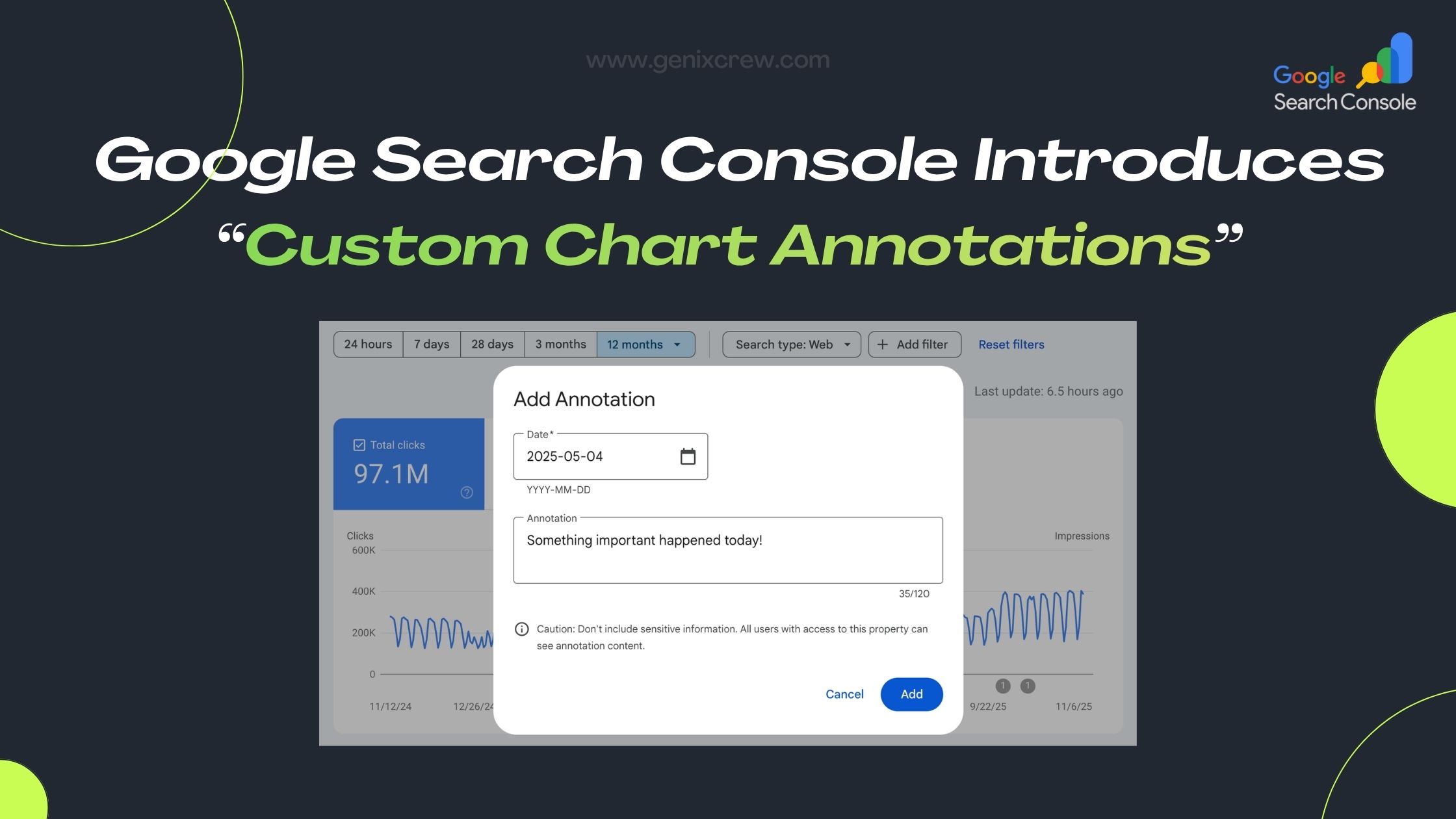
In 2025, mobile devices are more than just a way to communicate—they’ve become a vital part of our daily lives. With smartphones and tablets making up the majority of internet traffic, businesses can no longer afford to overlook the significance of mobile marketing. A
mobile-first marketing strategy is no longer a luxury but a necessity for any business aiming to stay competitive and relevant in today’s digital landscape.
Here’s why every business needs a mobile-first marketing strategy in 2025:
1. The Shift Toward Mobile Usage
With over
5 billion mobile phone users globally, mobile devices have become the primary way people access the internet. Studies show that
over 70% of digital traffic now comes from mobile phones, a trend that has only accelerated since the onset of the pandemic. As mobile usage continues to rise, businesses must ensure their websites, emails, and advertisements are optimized for mobile users to avoid losing potential customers.
2. Improved User Experience (UX) and Convenience
Mobile-first strategies focus on providing an exceptional user experience (UX) for customers accessing your website or content through mobile devices. The goal is to streamline navigation, simplify design, and ensure fast loading times, which are crucial for mobile users who expect instant access. A mobile-first design improves:
- Faster Loading Speeds: Slow-loading pages can result in high bounce rates. Mobile-first websites are built to load quickly on mobile devices, ensuring users stay engaged.
- Simplified Navigation: Mobile screens are smaller, so designing a website or app with clear, easy-to-navigate layouts ensures users can easily find what they need.
- Optimized Content: With mobile-first marketing, content is often presented in a more concise and accessible format that’s perfect for the mobile screen.
By focusing on mobile-first design, businesses can create a seamless, enjoyable experience for their customers, which ultimately increases conversions and customer satisfaction.
3. Higher Conversion Rates
As consumers increasingly shop and engage on mobile devices, businesses need to tailor their marketing strategies to drive conversions on smartphones and tablets. A mobile-optimized experience, from product discovery to checkout, plays a significant role in boosting sales.
- Mobile-Optimized E-Commerce: With over 70% of e-commerce sales in 2025 projected to come from mobile shopping, businesses that fail to provide a seamless mobile shopping experience are leaving money on the table.
- Streamlined Checkout Process: A mobile-first design focuses on simplifying the purchasing process by minimizing steps, reducing form fields, and supporting mobile wallets, which can boost conversion rates.
4. Mobile Search and Local SEO
Google’s algorithm now prioritizes mobile-friendly websites, making it crucial for businesses to optimize their sites for mobile searches. Since
over 60% of searches are done on mobile devices, a mobile-first strategy is essential to ensure your business appears in local search results when consumers are looking for products or services nearby.
- Google’s Mobile-First Indexing: Google’s mobile-first indexing means that Google primarily uses the mobile version of a website for ranking and indexing. If your website isn’t mobile-optimized, you risk losing visibility in search results.
- Local SEO: Mobile devices are often used for local searches, such as “near me” queries. Optimizing for local SEO ensures your business appears when nearby customers are searching for services or products you offer.
By adopting a mobile-first approach, your business can improve its search engine ranking and visibility among local customers.
5. The Rise of Social Media and Mobile Advertising
Social media platforms like Instagram, Facebook, and TikTok have become essential parts of digital marketing, with
over 80% of social media engagement taking place on mobile devices. To effectively market your products and services, you need to craft ads and content that resonate with mobile users.
- Mobile-Friendly Ads: Social media ads and content should be designed to look great on mobile devices, with eye-catching visuals, concise copy, and a clear call to action (CTA).
- In-App Advertising: Many mobile users spend their time on apps, making in-app advertising a critical part of a mobile-first marketing strategy. By utilizing in-app ad networks, businesses can increase brand visibility and drive mobile conversions.
Mobile advertising allows businesses to reach consumers directly, anytime and anywhere, ensuring your brand stays top of mind.
6. Mobile Email Marketing
Email marketing remains one of the most effective channels for businesses, but a mobile-first approach is necessary to ensure emails are opened and read. With
over 50% of emails now being opened on mobile devices, businesses need to optimize their email campaigns for mobile users. Here’s how:
- Responsive Email Design: Ensure your emails look great on all mobile devices, from smartphones to tablets. This includes easy-to-read fonts, buttons that are easy to tap, and images that load quickly.
- Concise and Actionable Content: Mobile users tend to skim emails, so make sure your messages are clear, concise, and include a direct CTA, like “Shop Now” or “Learn More.”
- Mobile-Friendly Landing Pages: Ensure that any landing pages linked to from your emails are optimized for mobile users, offering a smooth transition from email to website.
7. The Growing Importance of Voice Search
With the popularity of
voice-activated assistants like Siri, Alexa, and Google Assistant, voice search is quickly becoming a key component of mobile-first marketing. Consumers use voice search to find information, shop online, and get directions, making it vital for businesses to optimize their content for voice queries.
- Conversational Keywords: Voice search queries are more natural and conversational, so businesses must adjust their SEO strategy to target phrases people speak rather than just type.
- Local Voice Search: Many voice searches are local, so optimizing for local voice search can help your business appear when customers use voice assistants to find services near them.
A mobile-first strategy should include optimizing for voice search to ensure your business remains accessible to voice-first users.
8. Better Analytics and Insights
A mobile-first strategy enables businesses to collect more accurate and actionable data about how users engage with your website and marketing materials. Mobile analytics tools can provide insights into:
- User Behavior: Track how mobile users interact with your website or app, which features they use, and where they drop off in the sales funnel.
- Mobile-Specific Metrics: Monitor metrics such as bounce rates, average session durations, and conversion rates specific to mobile users, helping you make informed decisions.
By using these insights, businesses can continuously optimize their mobile-first marketing strategy to maximize ROI.
Conclusion
In 2025, the success of your business depends heavily on your ability to adapt to mobile-first marketing. As mobile usage continues to grow, having a strategy that prioritizes mobile devices is essential to staying competitive. From mobile-friendly websites to social media, advertising, and email marketing, every aspect of your digital presence must be optimized for mobile users. By embracing a mobile-first approach, businesses can enhance the user experience, boost conversions, improve SEO, and stay ahead in an increasingly mobile world. Don’t wait—start planning your mobile-first strategy today to ensure long-term success in the ever-evolving digital landscape.
 In 2025, mobile devices are more than just a way to communicate—they’ve become a vital part of our daily lives. With smartphones and tablets making up the majority of internet traffic, businesses can no longer afford to overlook the significance of mobile marketing. A mobile-first marketing strategy is no longer a luxury but a necessity for any business aiming to stay competitive and relevant in today’s digital landscape.
Here’s why every business needs a mobile-first marketing strategy in 2025:
In 2025, mobile devices are more than just a way to communicate—they’ve become a vital part of our daily lives. With smartphones and tablets making up the majority of internet traffic, businesses can no longer afford to overlook the significance of mobile marketing. A mobile-first marketing strategy is no longer a luxury but a necessity for any business aiming to stay competitive and relevant in today’s digital landscape.
Here’s why every business needs a mobile-first marketing strategy in 2025:





